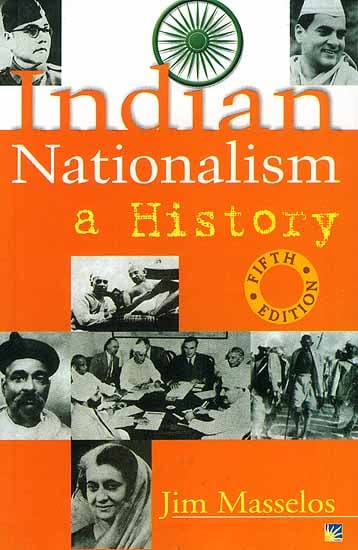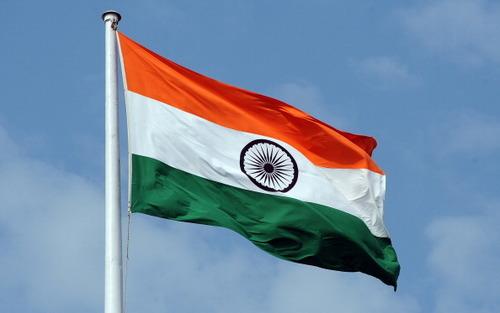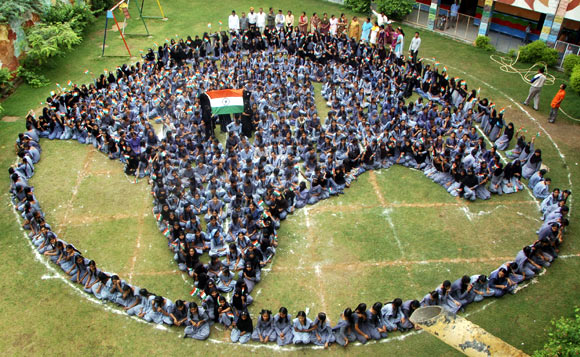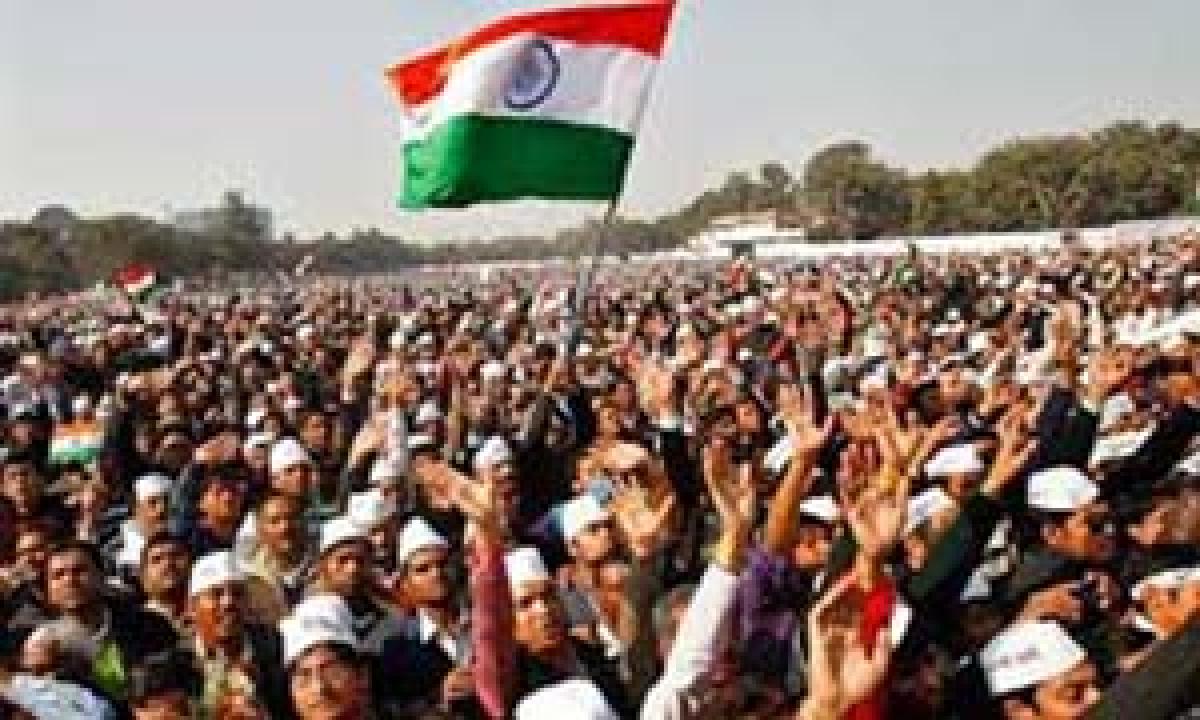Indian nationalism refers to the idea that the people of India are united by a shared culture, history, and identity, and that they should work together to advance the interests of their nation. This idea has played a significant role in shaping the modern state of India and has been a driving force behind many of the country's political and social movements.
The origins of Indian nationalism can be traced back to the 19th century, when India was still under British colonial rule. During this time, a number of intellectuals and political leaders began to articulate a vision of an independent India that was guided by the principles of democracy, equality, and social justice. These early nationalists sought to unite the people of India and mobilize them against British rule, and their efforts eventually led to the country's independence in 1947.
One of the key figures in the development of Indian nationalism was Mahatma Gandhi, who is widely considered the "father of the nation." Gandhi's philosophy of nonviolence and civil disobedience played a crucial role in the Indian independence movement, and his ideas continue to influence political thought in India to this day. Other influential figures in the Indian independence movement included Jawaharlal Nehru, the country's first prime minister, and Bhimrao Ambedkar, a leading advocate for the rights of marginalized communities in India.
Since independence, Indian nationalism has taken on a number of different forms and has been shaped by a variety of factors, including political parties, cultural movements, and economic policies. One of the main challenges facing Indian nationalism has been the country's diversity, as it is home to a wide range of ethnic, linguistic, and religious groups. This diversity has sometimes led to tensions and conflicts, and efforts to build a cohesive national identity have often been met with resistance from some quarters.
Despite these challenges, Indian nationalism remains an important force in the country's politics and society. It has played a role in shaping the country's foreign policy, including its relationships with other nations, and has also influenced the way in which the government addresses issues such as poverty, education, and healthcare.
In conclusion, Indian nationalism is a complex and multifaceted concept that has shaped the modern state of India and continues to influence its politics and society. It has its roots in the country's struggle for independence and is shaped by a variety of factors, including political parties, cultural movements, and economic policies. Despite the challenges it has faced, Indian nationalism remains an important force in the country and continues to play a role in shaping its future.








